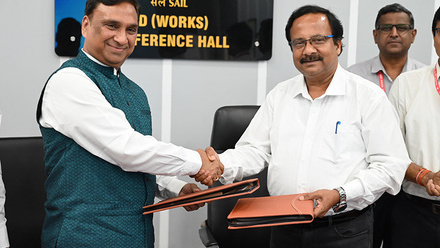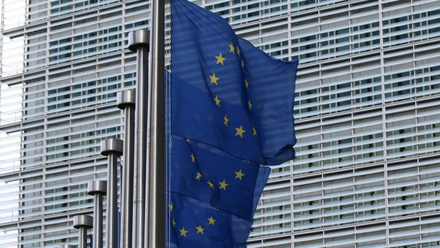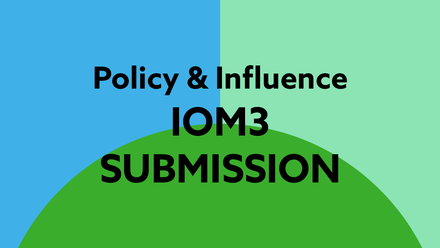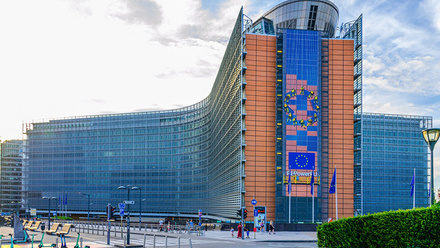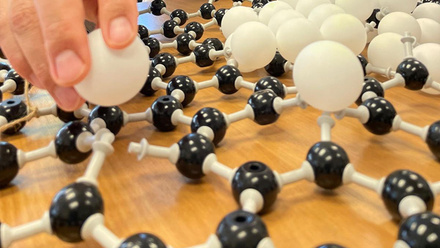Excess capacity threatens steel market stability and decarbonisation
The OECD says policies to tackle excess steel capacity are vital.
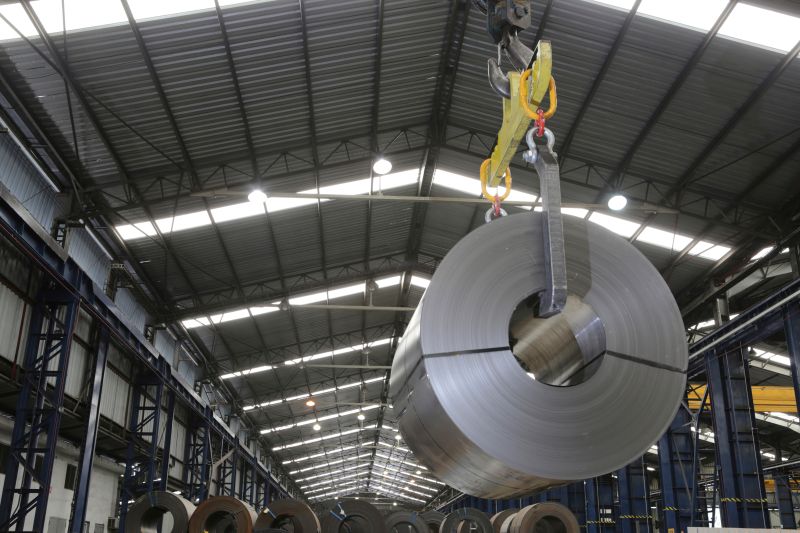
The OECD Steel Outlook 2025 reveals that excess capacity is projected to rise to 721Mt by 2027, exceeding by around 290Mt the combined steel production of OECD countries in 2024.
The report attributes this surge to continued capacity expansion, despite weak growth in global steel demand.
It blames high levels of subsidies and other policy distortions in several non-OECD economies for this imbalance, posing risks to market stability, employment, supply chains and decarbonisation efforts.
The report highlights that the imbalance threatens decarbonisation efforts because 40% of projected new capacity additions between 2025-27 are expected to rely on emission-intensive, blast furnace/basic oxygen furnace (BF/BOF) processes, undermining investments in low-carbon technologies.
The report notes China's steel subsidisation rate as a percentage of firm revenues is 10 times higher than OECD countries.
Chinese steel exports have more than doubled since 2020, reaching a record level of 118Mt in 2024.
This surge has led to a five-fold increase in anti-dumping measures since 2023 in OECD economies.
The report says these developments place considerable pressure on steel companies across OECD countries, with profitability falling to near historic lows.
It reports an estimated 113 000 jobs lost in the member countries of the Global Forum on Steel Excess Capacity (GFSEC) between 2013-21.
The OECD Steel Outlook calls for targeted international action in three key areas.
- Structural reforms, with governments needing to eliminate market-distorting subsidies and support that fuel excess capacity.
- Enhanced transparency and greater disclosure of government support measures and capacity developments to help ensure effective international coordination and a level playing field.
- International cooperation to accelerate the development and deployment of low-carbon technologies, including by tackling low-efficiency excess capacity and by sharing decarbonisation policy best practices.
‘The findings of the OECD Steel Outlook 2025 show there is an urgent need to address growing excess capacity, and the distortionary policies driving it, to ensure well-functioning global steel markets,’ OECD Secretary-General Mathias Cormann says. ‘Through evidence-based dialogue and international co-operation, we can work towards restoring fair competition and a more efficient, sustainable steel sector worldwide.’
Meanwhile, for the first time, a green steel project based in India is featured in the LeadIT Green Steel Tracker.
The 25MW green hydrogen project is a cooperation between JSW Energy and LeadIT member JSW Steel. It is located at the steelworks in Vijayanagar, Karnataka, India.
Construction is already underway, and this pilot-scale project is scheduled for commissioning before the end of 2025.
India is already the second-largest producer of steel globally, and when it comes to planned new steel plant construction, it has overtaken China based on future capacity.


